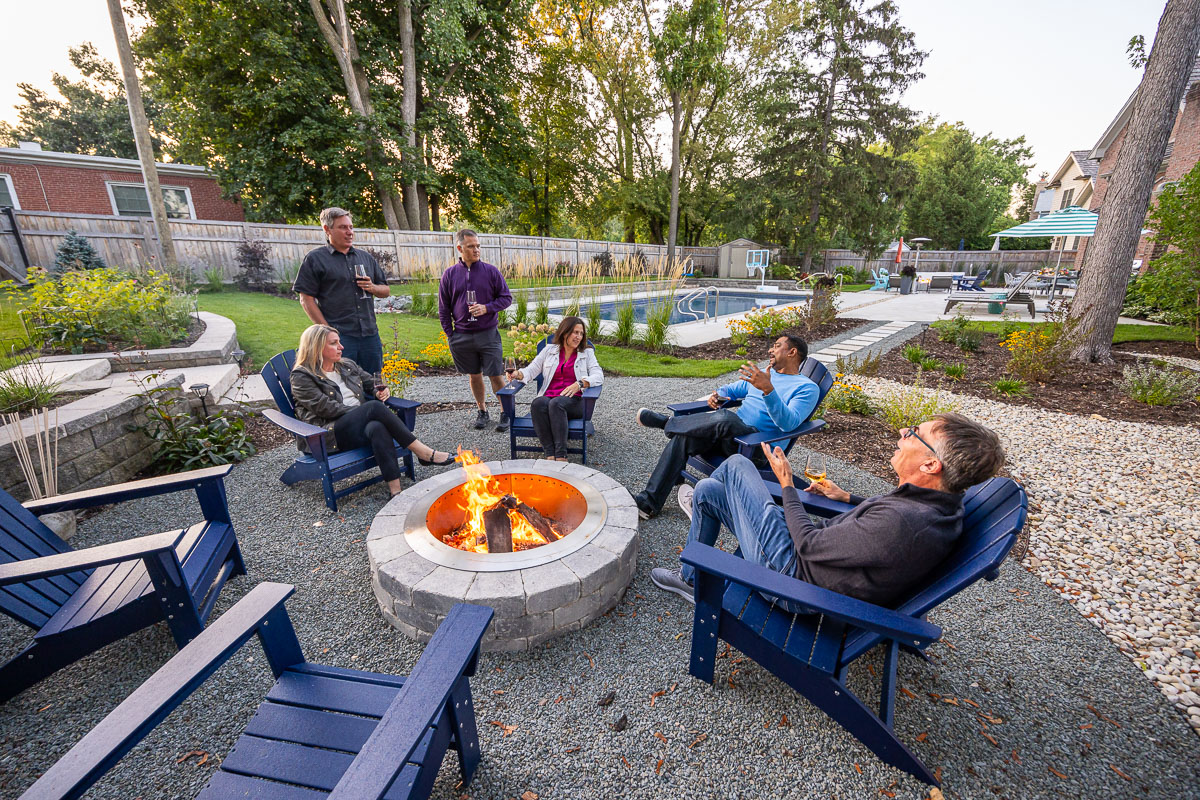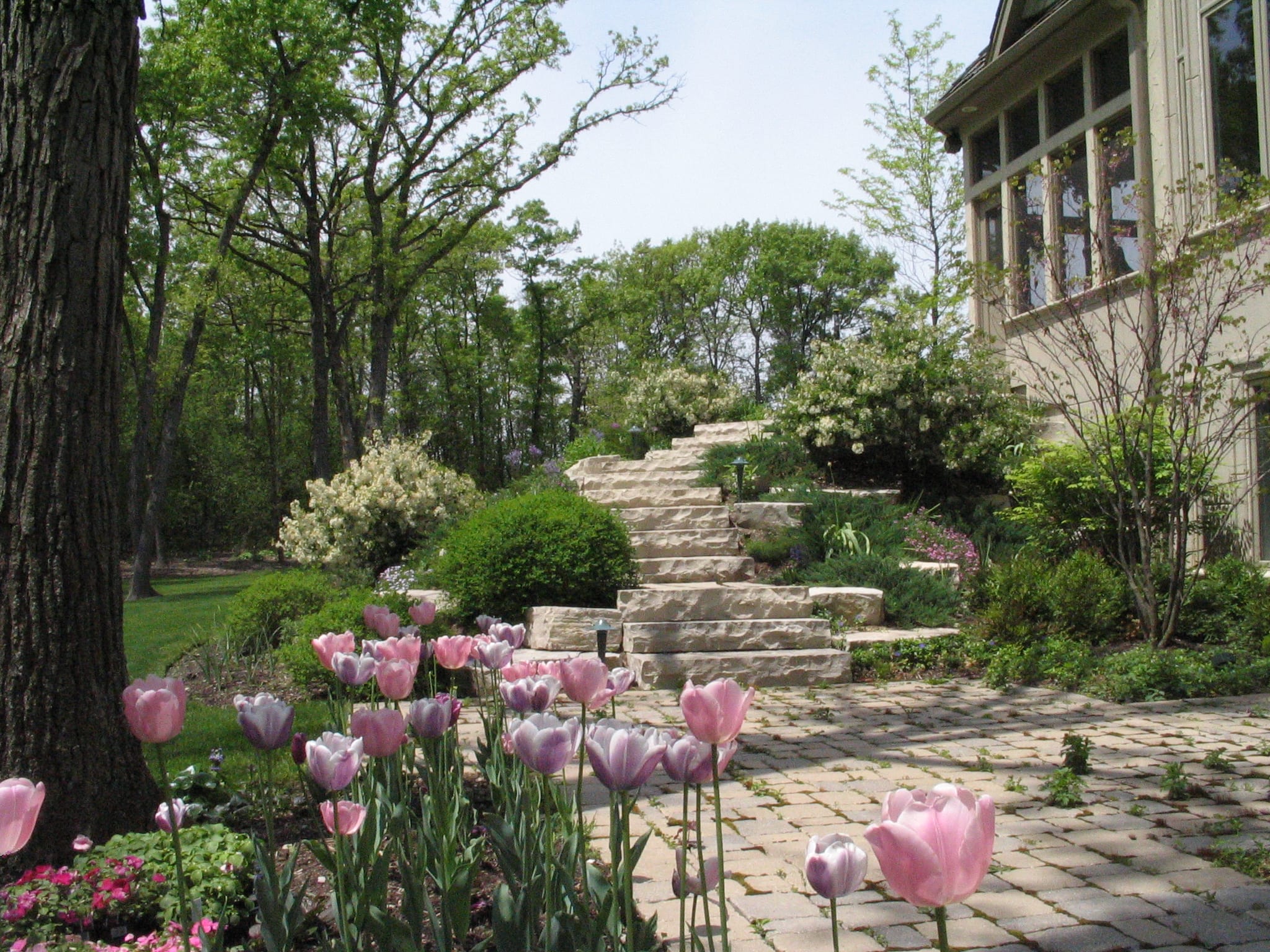7 Ways to Upgrade Your Landscaping with Stone. Stone can make a big impact in a landscape. Stone is a versatile and durable material that can add beauty and functionality to any outdoor space.
BENEFITS OF LANDSCAPING WITH STONE
There are so many benefits to landscaping with stone. Stone is a natural material that can add texture, color, and interest to your outdoor space. Stone is also durable and long-lasting, which means it will hold up well over time when you are landscaping with stone. Additionally, stone is low-maintenance and requires little upkeep, making it a great choice for busy homeowners.
Another benefit of using stone landscaping is that it can help with drainage. Stone allows water to pass through it, which can help prevent erosion and water damage. Stone can also be used to create a natural border or boundary, which can help define different areas of your yard.
TYPES OF STONES USED IN LANDSCAPING
There are many different types of stones that can be used in landscaping. Some of the most popular types include:
- River rock landscaping: smooth, rounded stones that come in a variety of colors and sizes to use in landscape beds, water features or as accents.
- Garden edging stones or landscape edging stone: flat stones used to create a polished, clean edge around garden beds or walkways.
- Stone retaining wall: large, flat stones used to build retaining walls, terraces, outdoor kitchens, columns etc.
- Decorative garden stones: small, colorful stones used for decoration or as a ground cover.
- Accent decorative landscaping stone: colorful or unique stone to create interest in the garden as an accent or focal point.
- Landscape boulders: large, natural stones used to create a natural look in landscape beds or for walls
- Flat stones: large flat stones like bluestone and flagstone can be used to create patios and walk ways.
Each type of stone has its own unique characteristics and uses. By understanding the different types of stones available, you can choose the best ones for your landscape design. Here are seven ways that you can upgrade your landscaping with stone.
WATER FEATURES
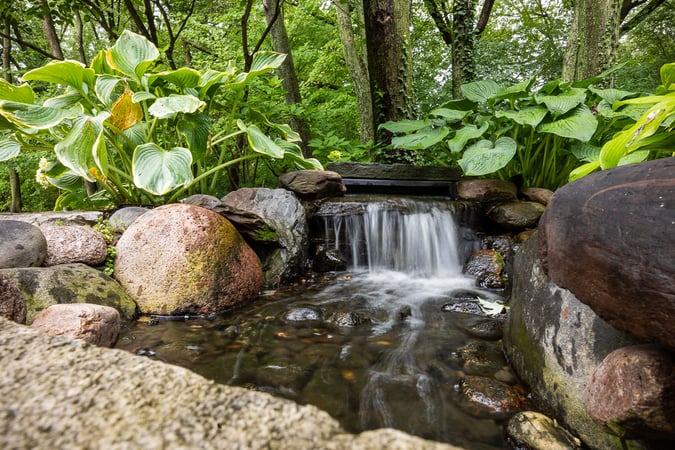
One of the most popular ways to use stone is with river rock landscaping, landscape boulders or smooth stones in different types of water features. Here are a few river rock landscaping ideas to consider:
- Create a dry riverbed: Use river rock to create a natural-looking dry riverbed in your yard. This can help with drainage and add visual interest to your landscape. It gives the illusion of a stream most of the time and can aid in directing water flow when there is an excess of rain or draining water.
- Build a waterfall: Use river rock landscaping to create a waterfall to fit your space. The smooth stones will add a natural element to the design and help make that waterfall a unique part of your outdoor space.
- Create a pond or pondless water feature: Add the element of running water with a pond or pondless water feature with river rock, landscape boulders or outcropping.
EDGING
Another way to upgrade your landscape with stone is by using garden edging stones. Landscape edging stones can be made out of different types of stone. They can create a defined edge to paths or garden beds. Here are a few tips for using garden edging stones:
- Choose the right size: Make sure to choose landscape edging stones that are the right size for your design. Larger stones can be used to create a bolder look, while smaller stones can create a more delicate or intricate design.
- Use them to define spaces: Use garden edging stones to define different areas of your yard. For example, you can use them to create a border around a flower bed or to separate a patio from the rest of the yard.
- Mix and match colors: Landscape edging stones come in a variety of colors, so consider mixing and matching different colors for a more dynamic look using the decorative stone.
- Use them in creative ways: Garden edging stones don’t have to be used just for creating edges. They can also be used to create a raised garden bed, as stepping stones in a walkway, or as part of a stone retaining wall.
RETAINING WALLS
James Martin & Associates, Gleason Residence, Burr Ridge
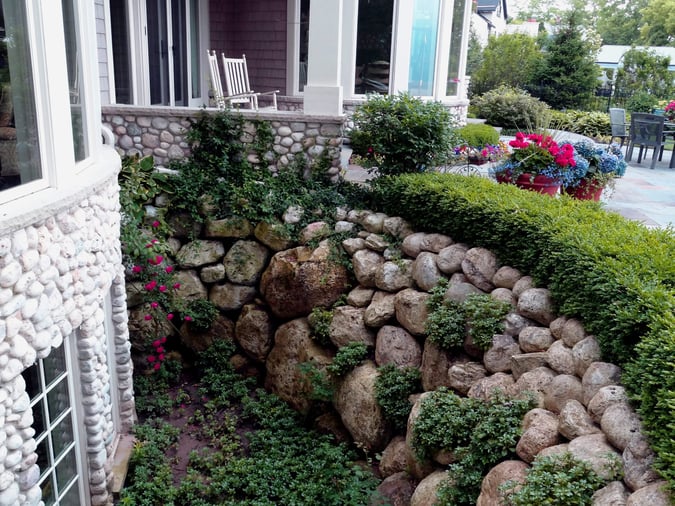
Stone retaining walls are both functional and beautiful. They can be used to hold back soil, create terraces, or add visual interest to your yard. Here are a few ideas for incorporating a stone retaining wall:
- Terrace a sloping yard with stone retaining walls combined with plantings to create a great garden area.
- Retain a patio space to create a bigger usable space with a sloping landscape.
- Create different levels of patios with stone retaining walls.
- Incorporate additional custom elements into your entertaining spaces like outdoor kitchens, stone landscaping columns, seat walls, fire pits, fireplaces, spa and pool walls.
STONE ACCENTS
Decorative garden stones are a great way to add colorful elements to your garden beds or outdoor living spaces. They come in a variety of colors, shapes, and sizes, making them a versatile addition to any landscape design. Here are a few ideas for decorating with decorative garden stones:
- Use them in a rock garden: Decorative stones can be used in a rock garden to add color and texture. Mix and match different colored decorative stones and sizes for a more dynamic look.
- Add them along walks and in the landscape bed to tie the landscape into other elements in the yard. Using a similar stone as the house, column or wall can help pull the whole landscape together by repeating the house stone into the landscape.
OUTCROPPING
Landscape boulders or outcropping are large, natural stones that can be used to create a natural-looking landscape design. They come in a variety of sizes and shapes and types of stone, making them a versatile addition to any yard. Here are a few tips for using landscape boulders:
- Use them as a focal point: Landscape boulders can be used as a focal point in your yard. Choose a large boulder and surround it with plants or other stones for a dramatic effect.
- Create a rock garden: Landscape boulders can be used to create a rock garden. Mix and match different sizes and shapes of boulders for a more dynamic look.
- Use them as a retaining wall: Landscaping with stone boulders can be used to create a natural-looking stone retaining wall. They can be stacked to create a sturdy and secure wall.
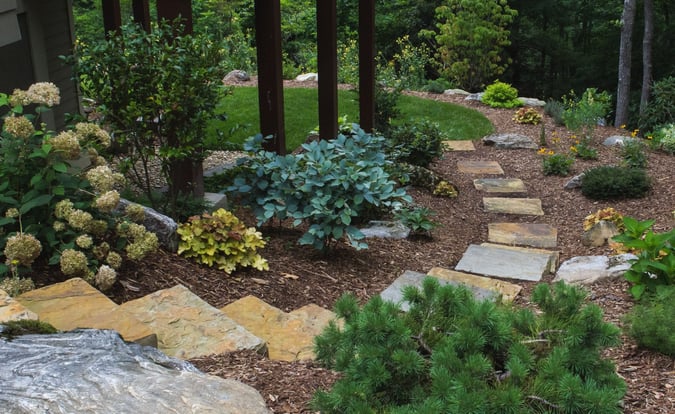
PATIOS AND WALKWAYS
Landscaping with stone can help create beautiful and long-lasting entertaining spaces. There are many options for using decorative landscaping stone in hardscape areas for sitting, eating, entertaining, pathways and more.
- Use flat stone like bluestone or flagstone laid on a gravel base to create beautiful and durable patio spaces.
- Use them to define spaces: Landscape edging stone can be used to define different areas of your yard. For example, you can use them to create a border around a flower bed or to separate a patio from the rest of the yard.
- Mix and match colors: Decorative stone comes in a variety of colors, so consider mixing and matching different colors for a more dynamic look. For example, one type of stone can be used for an edge of a patio and another for the inside field.
- Use them as a barrier: Landscape edging stones can be used as a barrier to keep grass or weeds from growing into garden beds or walkways.
- Create a pattern: Decorative garden stones can be used to create a pattern or design. Consider using different sizes or shapes of stones to create a more interesting look.
- Create a pathway: Use decorative garden stones to create a pathway in your yard. This can be a great way to create a natural-looking walkway.
GRAVEL
Decorative stone gravel can be used in the landscape many ways.
- Using gravel to aid in drainage and flow of the yard can be underground or in combination with a dry stream bed that incorporates river rock landscaping to make a decorative stone accent with a purpose.
- Decorative stone gravel can be used for walks, paths, sitting spaces and areas to break up hardscape areas.
- Landscaping with stone gravel can add variety to water features and other areas of the landscape as well.
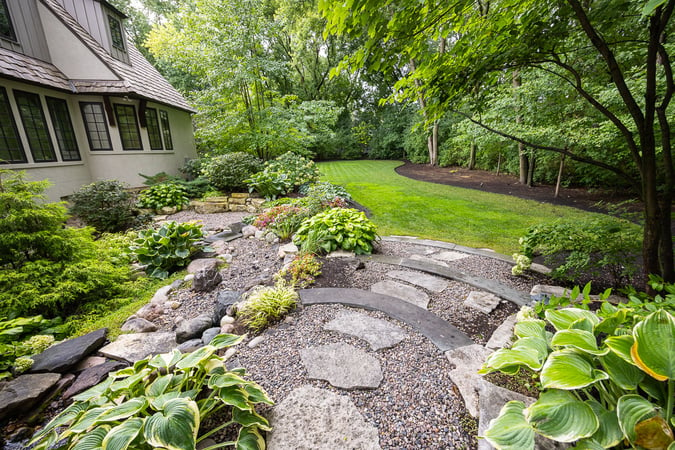
TIPS FOR INCORPORATING STONE INTO YOUR LANDSCAPE DESIGN
Now that we have covered the different ways to use stone in your landscape design, here are a few tips for incorporating stone into your overall design:
- Choose stones that fit your design: Make sure the stones you choose fit the overall design of your landscape. For example, if you have a modern landscape design, you may want to choose sleek, flat decorative landscape stones. If you have a more natural-looking design, you may want to choose irregularly shaped stones.
- Consider the size of the stones: Make sure the size of the stones you choose fits the scale of your yard. Larger yards can handle larger landscape boulders, while smaller yards may require smaller decorative stones.
- Mix and match different types of stones: Don’t be afraid to mix and match different types of decorative garden stones for a more interesting and varied look.
- Consider hiring a professional: If you are unsure how to incorporate stone into your landscape design, consider hiring a professional landscaper. They can help you choose the right stones and create a design that fits your needs and style.
Stone is a versatile and durable material that can add beauty and functionality to any landscape design. Whether you choose to use river rock landscaping, garden edging stones, retaining wall stones, decorative garden stones, landscape boulders, gravels, outcropping or flat stones, there are many ways to upgrade your landscape with stone. By following these tips and incorporating landscaping with stone into your overall design, you can create a beautiful and functional outdoor space that you will enjoy for years to come.
